Best Seasons for Foundation Repairs
Foundation repairs are most effective when performed during specific conditions that minimize risks and enhance stability. The optimal time depends on weather patterns, soil conditions, and the type of repair needed. Typically, dry and moderate weather conditions are ideal for foundation work to prevent moisture-related complications.
Spring and early fall often provide suitable conditions due to moderate temperatures and lower precipitation levels, reducing the risk of delays.
Avoid repairs during extreme cold or heat, as temperature fluctuations can affect soil stability and curing times of certain materials.
Dry soil conditions are preferable for foundation work because excess moisture can cause shifting and instability.
Immediate repairs are necessary when signs of significant foundation movement or damage occur, regardless of season.
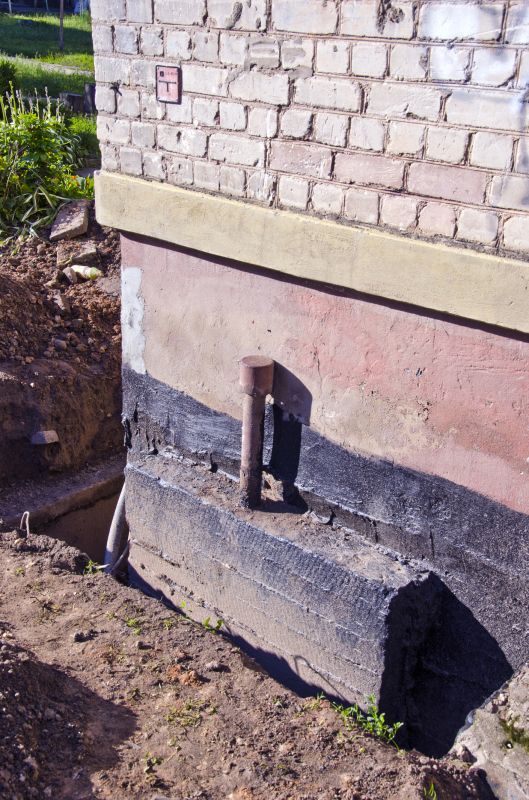
Spring offers moderate weather conditions ideal for foundation stabilization work.
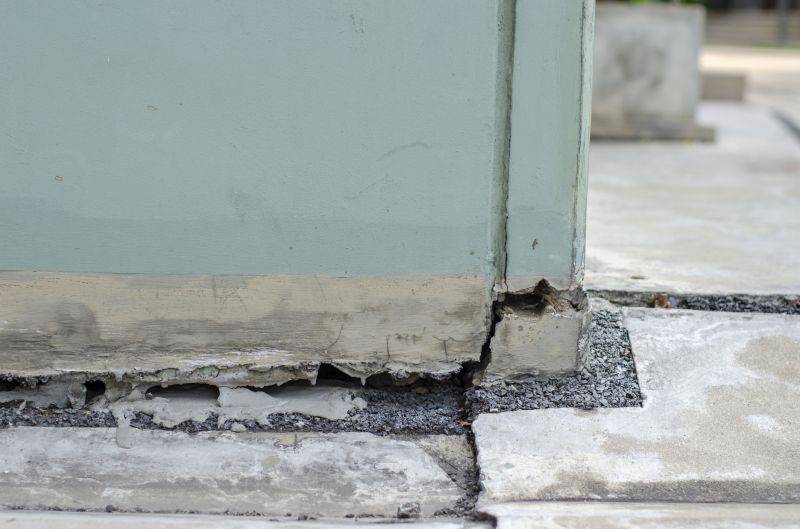
Summer repairs may be challenging due to heat and dry soil, but are possible with proper planning.
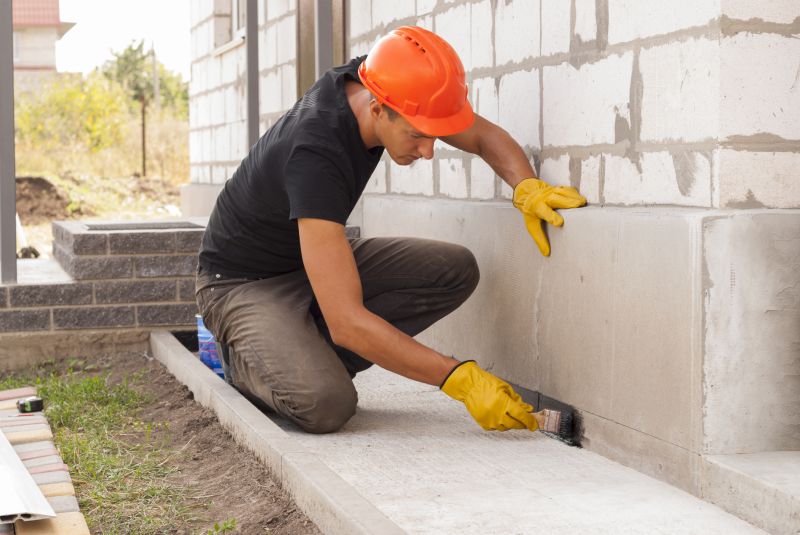
Early fall provides cooler temperatures and stable soil conditions for effective repairs.

Ways to make Foundation Repairs work in tight or awkward layouts.
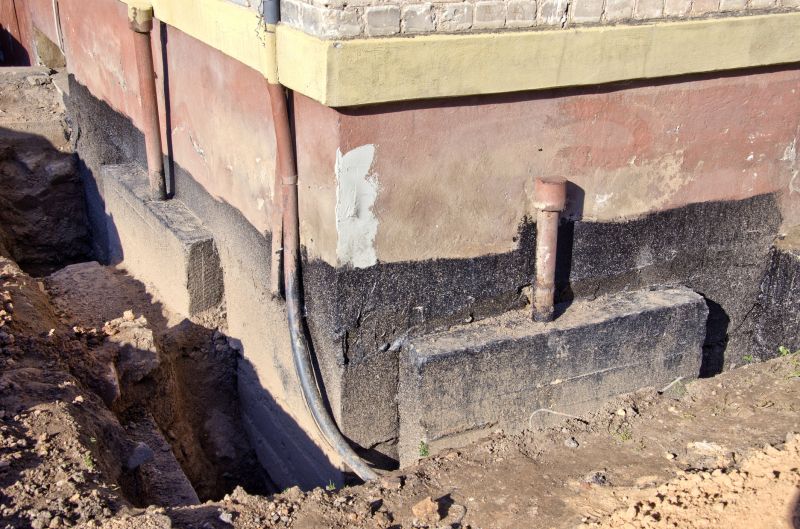
Popular materials for Foundation Repairs and why they hold up over time.
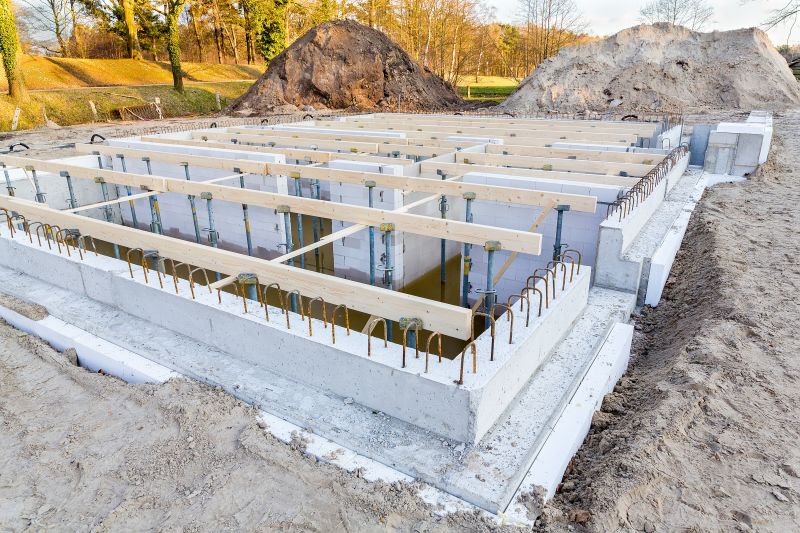
Simple add-ons that improve Foundation Repairs without blowing the budget.
| Season | Ideal Conditions |
|---|---|
| Spring | Moderate temperatures, lower rainfall, soil beginning to dry |
| Summer | Dry conditions, but risk of heat stress and soil contraction |
| Fall | Cooler temperatures, stable soil moisture, less precipitation |
Foundation repairs are critical for maintaining structural integrity and preventing further damage. Addressing issues promptly can save costs and reduce the risk of extensive repairs later. Understanding the best timing for repairs ensures that work is durable and effective, with conditions optimized for soil stability and material curing. Soil movement due to moisture fluctuations is a common cause of foundation problems, making seasonal timing an important consideration for repair projects.
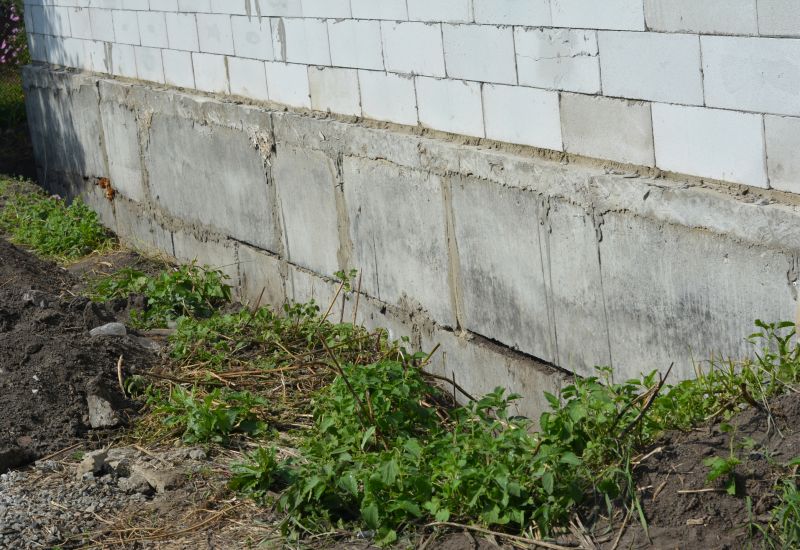
Experienced contractors perform foundation stabilization during optimal weather conditions.

Proper timing helps ensure soil remains stable during and after repairs.

Timely crack sealing prevents water infiltration and further damage.
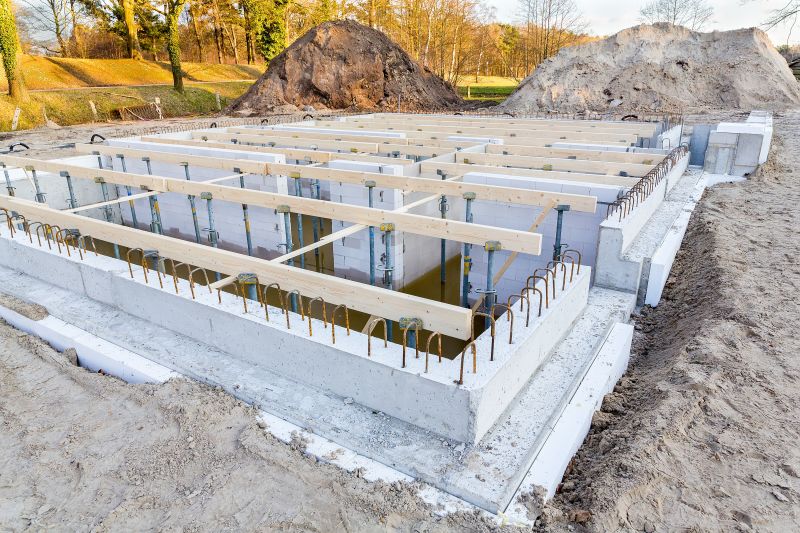
Effective during dry, moderate seasons to ensure proper setting and curing.

High-end options that actually feel worth it for Foundation Repairs.
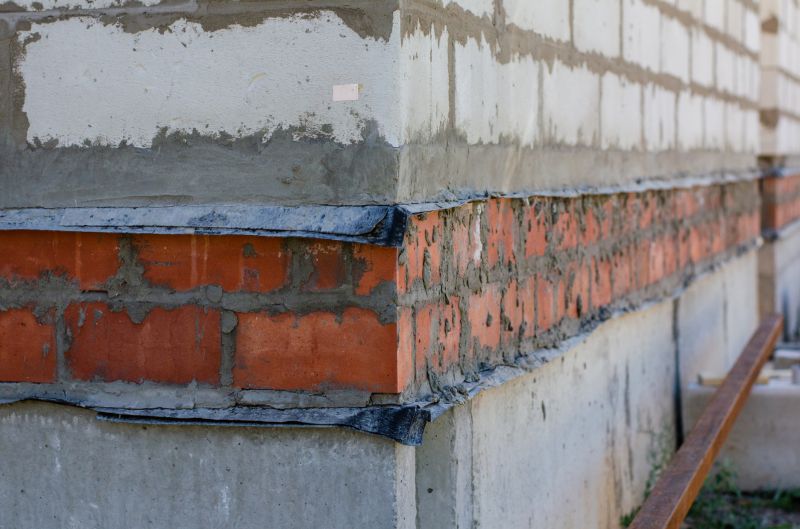
Finishes and colors that play nicely with Foundation Repairs.
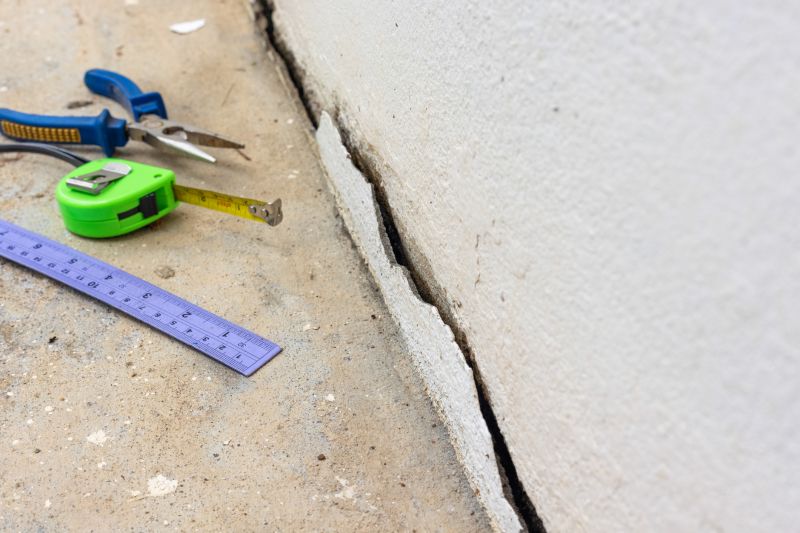
Little measurements that prevent headaches on Foundation Repairs day.
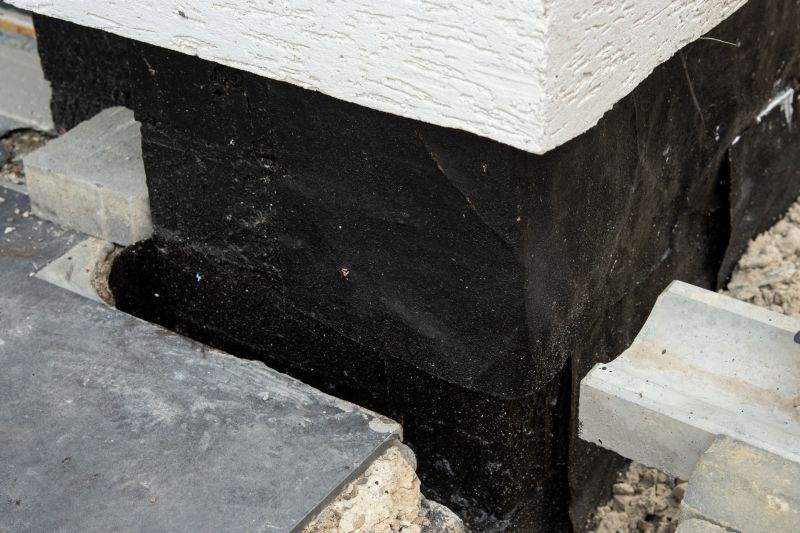
A 60-second routine that keeps Foundation Repairs looking new.
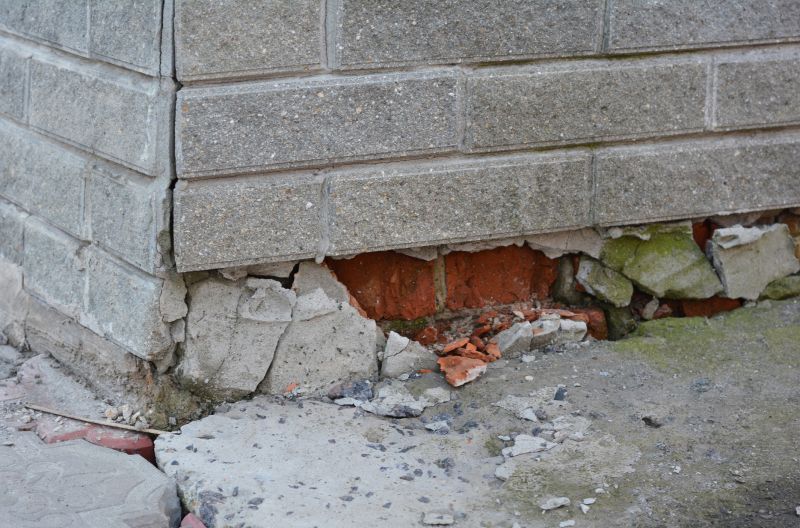
A frequent mistake in Foundation Repairs and how to dodge it.
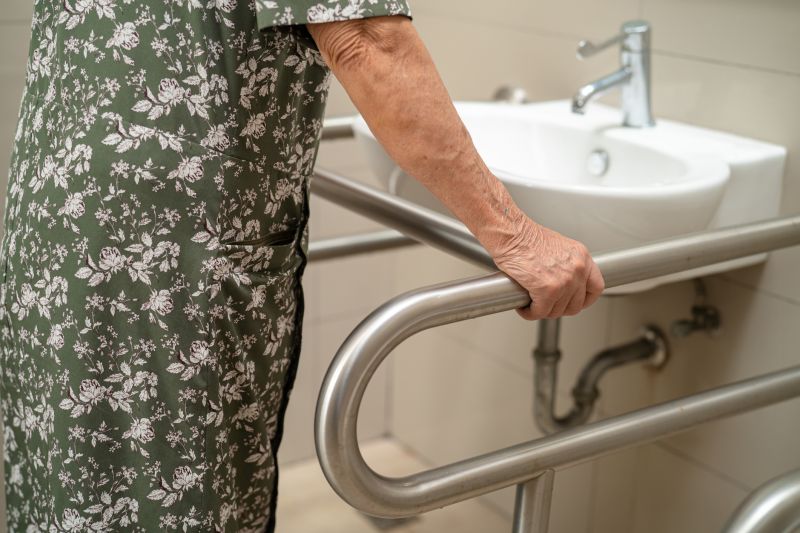
Small tweaks to make Foundation Repairs safer and easier to use.

Lower-waste or water-saving choices for Foundation Repairs.

The short, realistic tool list for quality Foundation Repairs.
Individuals considering foundation repairs should evaluate seasonal factors to determine the most suitable time for their specific situation. Consulting with experienced professionals can provide tailored advice based on local climate and soil conditions. Proper planning and timing can lead to more durable repairs and long-term stability.
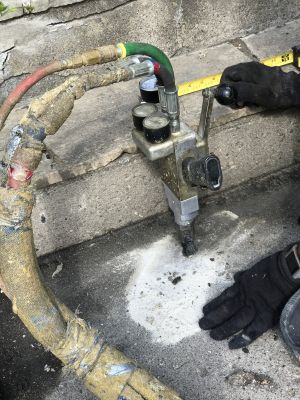
Specialized equipment used during optimal repair conditions.

Successful repairs completed during ideal seasonal conditions.
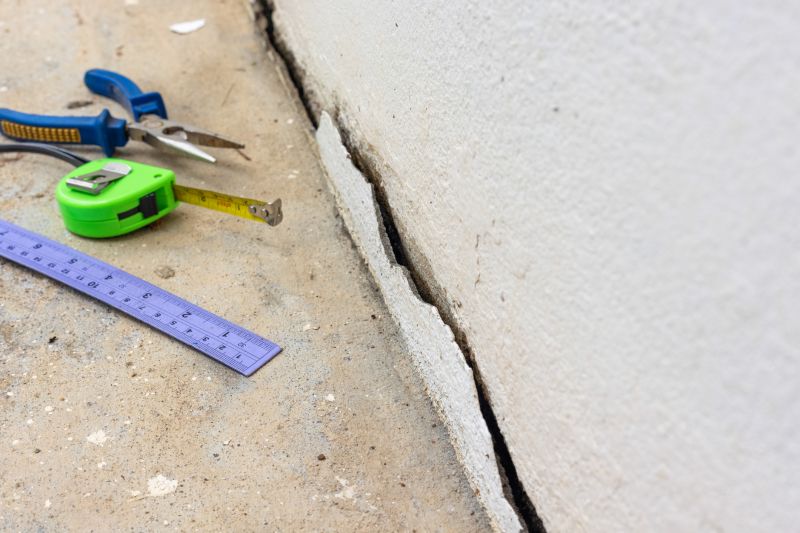
Rough timing from prep to clean-up for Foundation Repairs.
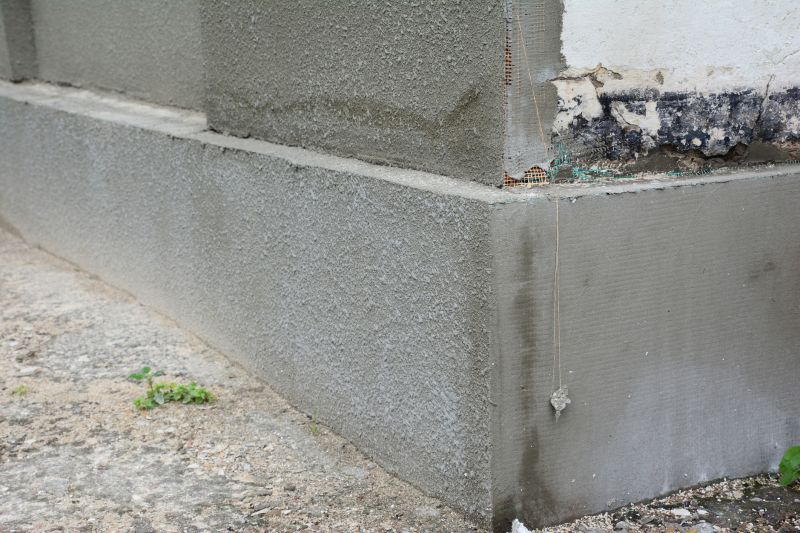
Quick checks and paperwork to keep after Foundation Repairs.
Interested parties are encouraged to contact for more information about foundation repair timing and services. Proper assessment and scheduling can ensure the longevity and effectiveness of foundation stabilization efforts.

